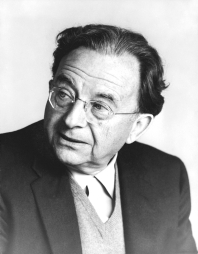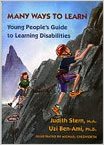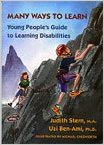 A licensed psychologist with a Ph.D. from the University of Maryland, Uzi Ben-Ami has operated his own private practice in Rockville, Maryland, for many years. When he isn’t working, Uzi Ben-Ami, Ph.D., is an avid reader who counts the humanist philosopher and psychologist Erich Fromm among his favorite writers.
A licensed psychologist with a Ph.D. from the University of Maryland, Uzi Ben-Ami has operated his own private practice in Rockville, Maryland, for many years. When he isn’t working, Uzi Ben-Ami, Ph.D., is an avid reader who counts the humanist philosopher and psychologist Erich Fromm among his favorite writers.
One of Fromm’s most significant works is the 1941 treatise Escape from Freedom. This book examines the concept of freedom as a dichotomy by dividing it into two poles,: positive freedom (which draws people toward it as an escape from tyranny) and negative freedom (when people try to escape feelings of inferiority and powerlessness by supporting a dictator that makes them feel important).
Escape from Freedom is even more remarkable for the timing of its release, as Fromm analyzed various manifestations of negative freedom and their relationship to totalitarianism during the rise of the Nazi Party. He writes that understanding the underlying reasons behind negative freedom “is a premise for any action” that attempts to overthrow a totalitarian regime.


